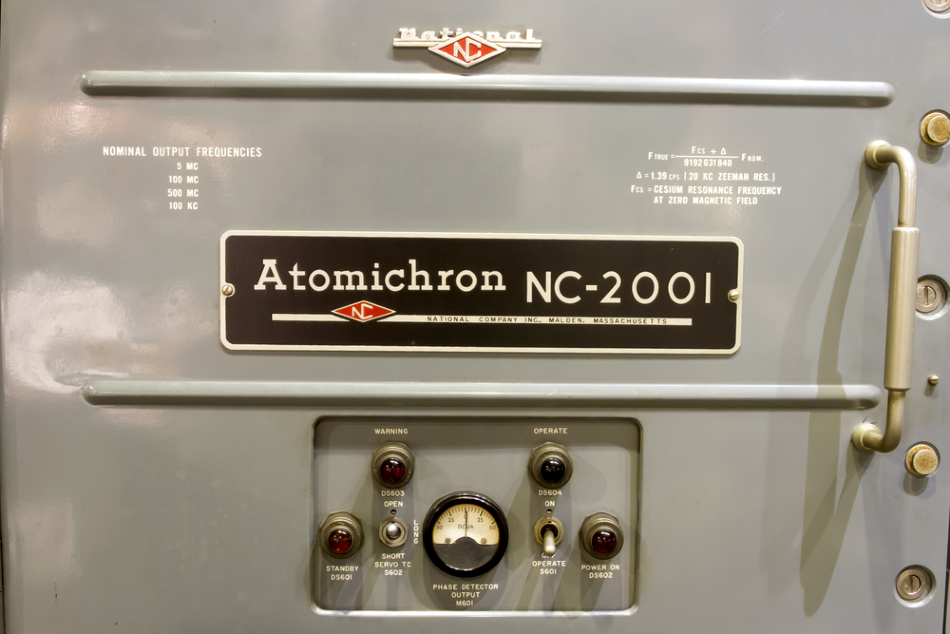
Image Credit: karenfoleyphotography/Shutterstock.com
Optical reference cavities are essential for fundamental pieces of scientific equipment. As these technologies have developed, they now require reference cavities with more precise characteristics.
Reference cavities must have higher thermal capacities and lower sensitivity to fluctuations in environmental temperatures to support state-of-the-art ultra-stable narrow-linewidth laser systems,
In 2015, scientists at the University of Shanghai published a paper demonstrating how they used thermal analysis to indicate how to create such cavities. They determined that those with a larger mass, or multiple layers of thermal shields, higher thermal capacity, and lower emissivity had larger thermal time constants, resulting in a higher resilience to changes in environmental temperature.
The Importance of Optical Reference Cavities
Optical reference cavities are relied on to create a wide range of scientific equipment. Those with the finesse of greater than 100,000 are incorporated into atomic clocks, high-resolution spectroscopy, precision metrology, deep space navigation, and tests of fundamental physics to stabilize the frequency of the lasers that are vital to the functioning of this technology.
Creating Cavities with Low Sensitivity to Environmental Temperature Changes
Reference cavities can be used to stabilize a laser frequency by dominating it by the length stability of the cavity. In standard laser systems, ultra low-expansion glass or single silicon crystal is used to create the reference cavities installed within vacuum chambers that have high-temperature stability.
They also have high resistance to environmental vibration due to their mounting configurations. This has allowed for the development of lasers that show stability over 1 to 10 seconds.
With the development of ultra-stable laser systems, stability from seconds to an entire day is now required. Most of these systems experience a linear drift in laser frequency from tens of MHz/s to a few Hz/s within a short period.
The systems also drift in a non-linear fashion within a timescale of hundreds of seconds, which is not able to be corrected with feed-forward frequency correction. Fractional length change is also induced by the aging of the cavity material and contact between the spacers and cavity mirrors. Because of this, laser frequency drift is often a result of temperature fluctuation of the reference cavities.
To achieve lower laser instabilities - those required for ultra-stable laser systems - the passive thermal shielding of the reference cavities need to be considered. The thermal analysis of reference cavities has allowed researchers to identify the characteristics required to create larger thermal time constants and reduced sensitivity to changes in environmental temperature changes required by state-of-the-art ultra-stable narrow-linewidth laser systems.
Using Thermal Analysis to Explore Reference Cavities
Scientists at the University of Shanghai investigated the thermal conduction of cavities, measuring the temperature change over time. Their results demonstrated that the time constant in two-layer cavities is around double the time constant in single-layer thermal conduction.
The team also measured thermal radiation as it is a significant method of heat transfer for optical reference cavities. They found that adding in an intermediate layer increases the time constant of the optical reference cavity by four times what it is without it.
The team then investigated thermal sensitivity, which is the impact of environmental temperature changes on the optical reference cavities. They found that a multiple-layer structure was useful in reducing the sensitivity of reference cavities to external temperatures. They also found that multiple layer thermal radiation also added to the reference cavity’s tolerance to temperature changes that have a short fluctuation period.
A simulation was also run alongside these thermal analysis investigations. These simulations backed up the evidence that was collected by thermal analysis. The team was able to describe how environmental temperature changes from thermal conduction, thermal radiation and heat transfer impacts optical reference cavities.
They concluded that thermal sensitivity is proportional to the fluctuation periods of the changes in temperature and that it is inversely proportional to the time constant. As a result, it was deduced that thermal radiation has a significant influence on enlarging the thermal time constant of optical reference cavities.
The team concluded that adding multiple layers of thermal shields is a method that would result in lowering the cavities’sensitivity to these temperature changes. Copper was suggested as a material for these thermal shields due to its low emissivity.
The Future of Thermal Analysis in Scientific Applications
The work by the Shanghai-based team using thermal analysis has been critical in influencing current developments in optical reference cavities. It has provided vital insights into how to produce state-of-the-art ultra-stable narrow-linewidth laser systems, which will be fundamental in creating various equipment for scientific use.
References and Further Reading
Dai, X., Jiang, Y., Hang, C., Bi, Z. and Ma, L., 2015. Thermal analysis of optical reference cavities for low sensitivity to environmental temperature fluctuations. Optics Express, 23(4), p.5134. https://www.ncbi.nlm.nih.gov/pubmed/25836547
Drever, R., Hall, J., Kowalski, F., Hough, J., Ford, G., Munley, A. and Ward, H., 1983. Laser phase and frequency stabilization using an optical resonator. Applied Physics B Photophysics and Laser Chemistry, 31(2), pp.97-105. https://link.springer.com/article/10.1007/BF00702605
Young, B., Cruz, F., Itano, W. and Bergquist, J., 1999. Visible Lasers with Subhertz Linewidths. Physical Review Letters, 82(19), pp.3799-3802. https://journals.aps.org/prl/abstract/10.1103/PhysRevLett.82.3799
Disclaimer: The views expressed here are those of the author expressed in their private capacity and do not necessarily represent the views of AZoM.com Limited T/A AZoNetwork the owner and operator of this website. This disclaimer forms part of the Terms and conditions of use of this website.